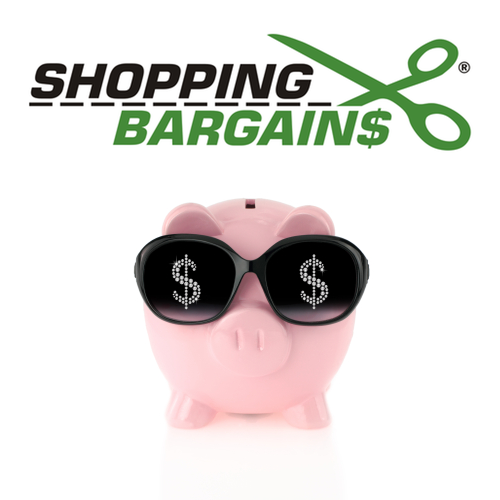
Identity theft is the unauthorized collection and use of another person’s personal data, documents and/or financial accounts (such as their credit cards and bank accounts). Identity theft is illegal and has become one of the most feared problems related to online shopping. While the identity theft problem is real, there are steps you can take to virtually eliminate your risk while shopping online.
 Did you know that you are at a higher risk for identity theft through leaving mail in your physical mailbox or by handing your credit card over to a server at a restaurant than you are through online shopping? Most people have their credit card statement physically mailed to them where it can sit for hours or even days in the mailbox unattended. Likewise, most people have no fear of physically handing their credit card to an unknown server to take it away and process at a restaurant.
Did you know that you are at a higher risk for identity theft through leaving mail in your physical mailbox or by handing your credit card over to a server at a restaurant than you are through online shopping? Most people have their credit card statement physically mailed to them where it can sit for hours or even days in the mailbox unattended. Likewise, most people have no fear of physically handing their credit card to an unknown server to take it away and process at a restaurant.
Unlike the above examples, online shopping offers a number of built-in safeguards. For example, your credit card never leaves your possession and when you do enter your personal information to complete the order, it is securely encrypted or converted to a secret code to prevent unauthorized access. A regular telephone call does not offer this level of security!
With the above in mind, there are two specific things you can do to ensure your online shopping experience is as safe as possible. The following two suggestions are offered to maximize your online shopping safety.
1. Only shop at safe and reputable online retailers.
Just as we evaluate the safety of physical stores, the same should be done for those selling online. If a retailer’s web site looks out of date or does not function properly, that suggests a lack of attention to detail. In this context, the bottom line for you is beware — they may be ignoring their security software updates also which could compromise your personal information if you choose to do business there.
Thankfully, most reputable retailers make it easy for you to verify their online reputation and security status. Today there are a variety of validation seals and third-party organizations that test these factors daily and provide consumer reporting mechanisms. In most cases shoppers merely need to click on a security seal or badge for an instant report (be sure to check the web address of the report to make sure it is coming from the security organization and not the retailer). Common reporting organizations include the Better Business Bureau Online, TRUSTe, VeriSign, Comodo TRUSTLOGO, and McAfee SECURE.
Another way to check out online retailers is to read customer reviews about the retailer in question. A word of caution though: Just as there are liars and deceivers in life, the same is true online. So, when searching for online reviews, be aware that some are legitimate while others could be fabricated. A general rule of thumb suggests that if there are more than a few reviews, it is highly unlikely that all will be positive. Legitimate reviews, therefore, are likely to be quite varied — in writing style, opinion, length, and content.
2. Make sure the shopping cart is secure when checking out.
As mentioned above, a properly secured online retailer will use the latest security and encryption standards to protect your personal data and shopping transaction. Many will have security badges or seals specifying the security measures they have in place.
The above security symbols are great but you don’t have to take a retailer’s word for it — you can verify their security measures on your own using your own web browser. Assuming you have a recent web browser and keep it updated, you can view the “lock” icon in most web browsers. This icon is generally found in either the address bar (the browser section where you type in the web address) or the status bar (the bottom section of the browser). If the lock icon is open you know the page is not encrypted and thus not safe for transactions involving your credit card and personal information (it would be fine, however, for general web browsing). If the icon is locked then the web page you are viewing is secured. As an added bonus, you can click (Windows users have to double-click with some web browsers) that icon within your web browser for specific details regarding the level and type of security employed, the security certificate, and other technical information.
Following these two steps maximizes your online shopping security and guards against identity theft. Don’t enter your credit card numbers or personal information until you have analyzed both of these criteria and verified that they measure up in providing you with an ideal level of security for your personal information. For more information about safe online shopping, please refer to our “8 Tips to Maximize Your Online Shopping Experience” article on our blog.
This post was last updated on April 02, 2018.
Copyright © 1999 - 2025. Shopping-Bargains.com, LLC. All rights reserved.